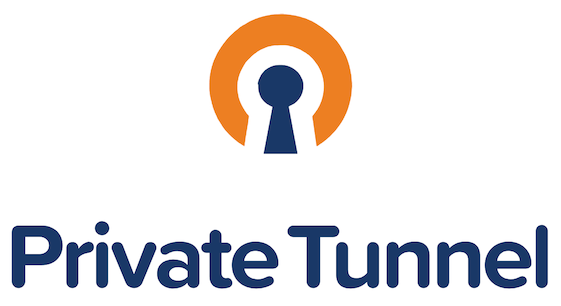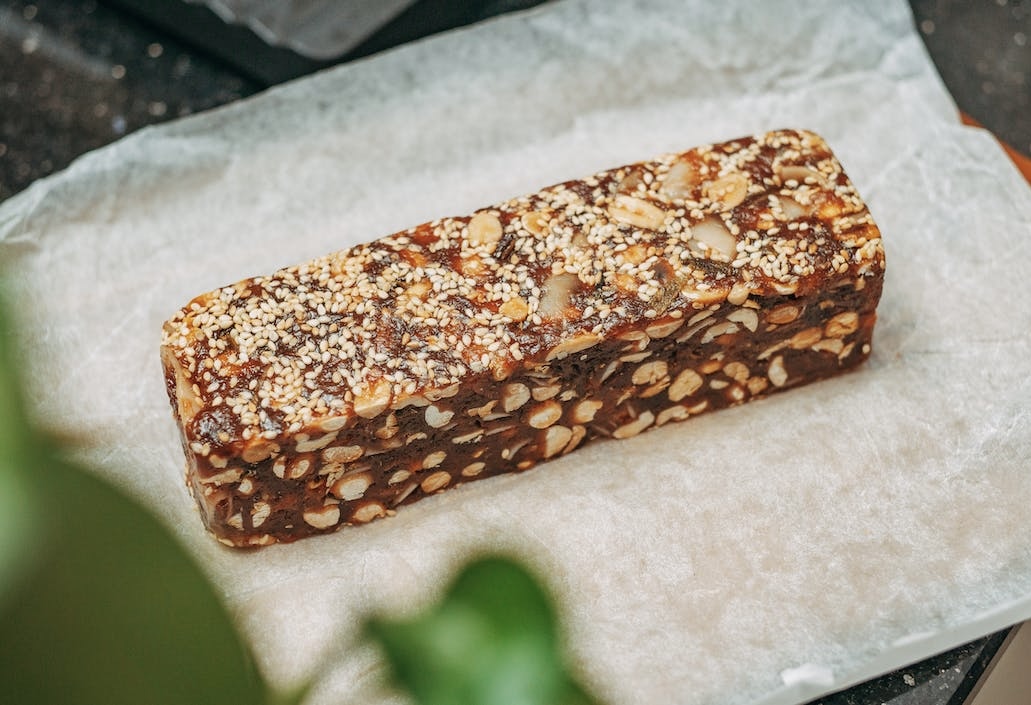The Ultimate Guide to Calisthenics Calorie Burn: How to Maximize Your Workout
Learn how calisthenics helps burn calories, the factors involved, and tips to increase your calorie expenditure for weight loss and fitness goals.

The Ultimate Guide to Calisthenics Calorie Burn: How to Maximize Your Workout
Calisthenics, the practice of bodyweight exercises, has become a go-to fitness routine for many due to its versatility and ability to burn calories effectively. With exercises ranging from simple push-ups and squats to advanced moves like handstands and muscle-ups, calisthenics can provide a full-body workout that not only builds strength but also aids in fat loss. If you’re aiming to burn calories and improve fitness, calisthenics is an excellent choice. This guide will explore how calisthenics contributes to calorie burn, the factors that affect it, and strategies to maximize your results.
What Makes Calisthenics Effective for Calorie Burn?
At its core, calisthenics is an efficient way to engage multiple muscle groups using your body weight. These exercises can elevate your heart rate, increase metabolism, and promote fat loss. Some key factors make calisthenics an effective way to burn calories:
-
Muscle Engagement: Many calisthenics exercises engage multiple muscle groups at once, which requires more energy to perform. For instance, a simple push-up engages the chest, shoulders, triceps, core, and legs.
-
Cardiovascular Benefits: Many dynamic calisthenics movements, such as burpees, mountain climbers, and jumping squats, are excellent for improving cardiovascular fitness. This cardiovascular component enhances calorie burn, particularly when combined with short rest intervals.
-
Intensity and Variability: The intensity of calisthenics exercises can be easily adjusted to meet individual fitness levels. When performed at a high intensity, calisthenics workouts can stimulate the metabolism, leading to more calories burned even after the workout is over (known as the afterburn effect or EPOC—Excess Post-Exercise Oxygen Consumption).
Factors That Influence Calorie Burn in Calisthenics
While calisthenics can burn a substantial amount of calories, the total calorie burn is influenced by several factors:
1. Exercise Intensity
The higher the intensity, the more calories you’ll burn. High-intensity exercises like burpees, jump lunges, and squat jumps require a lot of energy and increase heart rate, making them effective for burning calories quickly.
2. Duration of the Workout
Generally, the longer you work out, the more calories you will burn. A quick 15-minute intense calisthenics session will burn fewer calories compared to a 45-minute workout with varied exercises and intensity.
3. Body Weight
Heavier individuals tend to burn more calories during physical activity, including calisthenics, as their bodies require more energy to perform the same movements. Therefore, if you weigh more, you can expect to burn more calories than someone who weighs less.
4. Metabolism and Muscle Mass
People with higher muscle mass burn more calories at rest and during exercise because muscle tissue requires more energy to maintain. Additionally, those with faster metabolisms tend to burn more calories throughout the day.
Average Calorie Burn in a Calisthenics Workout
The number of calories burned during a calisthenics workout varies depending on the exercise, intensity, and individual factors. On average, a 30-minute calisthenics workout can burn anywhere from 200 to 400 calories. Here's a breakdown of some common exercises and their estimated calorie burn:
- Push-ups (10 minutes): 50-60 calories
- Squats (10 minutes): 70-90 calories
- Burpees (10 minutes): 100-120 calories
- Mountain Climbers (10 minutes): 80-100 calories
Example Calorie Burn for a 30-Minute Session:
- Moderate-intensity workout (bodyweight exercises like squats, push-ups, lunges): Around 250-300 calories
- High-intensity workout (circuit with jump squats, burpees, and fast-paced push-ups): Around 350-400 calories
Conclusion
Calisthenics is an excellent way to burn calories, build strength, and improve cardiovascular health. By understanding the factors that affect calorie burn and incorporating strategies to increase intensity, you can maximize your results. Whether you are looking to lose weight or simply stay fit, calisthenics offers a highly effective, versatile, and accessible workout solution. Start integrating these tips into your routine to elevate your fitness and burn more calories with each workout.
What's Your Reaction?
























